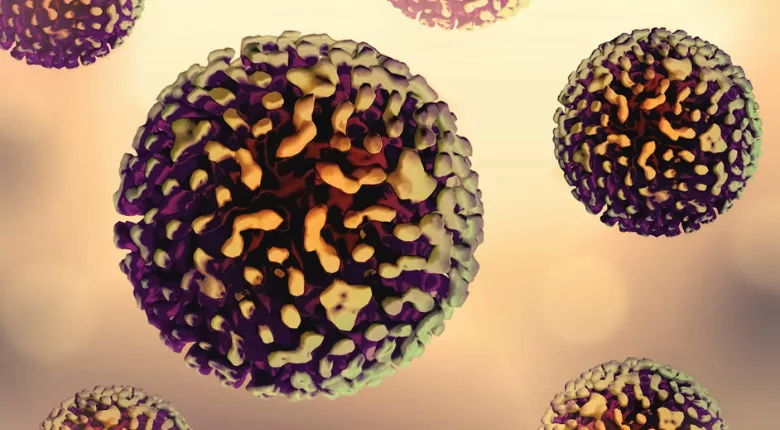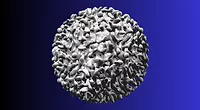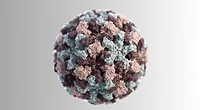FAO/WHO Expert Committee: Prevention is the Cornerstone of Foodborne Virus Control

Image credit: National Institute of Allergy and Infectious Diseases via Unsplash
To inform updates to the Codex Alimentarius General Principles of Food Hygiene to the Control of Viruses in Foods, the Joint Food and Agriculture Organization of the United Nations (FAO)/World Health Organization (WHO) Expert Meeting on Microbiological Risk Assessment (JEMRA) convened for a second time to discuss the most recent literature on prevention and intervention measures for foodborne viruses. The meeting was held in Geneva, Switzerland from February 12–16, 2024.
The first expert meeting on the topic of food hygiene for controlling foodborne viruses identified the most relevant foodborne viruses and food commodities of concern, while the second, most recent meeting focused on the virus-commodity pairs identified in the first meeting and their associated contamination routes. In the second meeting, the expert committee reviewed the scientific literature published since the 2008 JEMRA report on foodborne viruses to understand developments that have been made in the control of foodborne viruses for the selected food commodities: shellfish, fresh and frozen produce, prepared and ready-to-eat (RTE) foods, and pork and wild game meat.
In general, JEMRA emphasized the importance of prevention in controlling foodborne viruses, as viruses are environmentally persistent and resistant to many treatments commonly used to inactivate foodborne pathogens. However, effective inactivation methods continue to be necessary and are currently being evaluated. For example, surface sanitation when handling RTE and prepared food is important. Some inactivation methods can reduce viral load but may impact organoleptic properties of the foods, like high-pressure processing (HPP) for shellfish or washing produce with water containing disinfectant. Other inactivation methods have proven ineffective, like depuration in shellfish or thermal processing for hepatitis E in pork and wild game meat.
Many data gaps and research needs exist. The limited ability to routinely cultivate wild-type foodborne viruses in the laboratory is an important hindrance, as it complicates the ability to validate interventions, compare studies, or interpret monitoring data. JEMRA suggested future research into: early identification for contamination hotspots, remote sensing and hydrographic dye studies for virus dispersion prediction, indicator organisms for virus occurrence and infectivity prediction, more effective surface disinfectant and hand sanitizer formulations, scientific capacity building, vaccinations, risk assessments to better understand combinations of intervention methods, and validation of novel interventions.
Looking for quick answers on food safety topics?
Try Ask FSM, our new smart AI search tool.
Ask FSM →







.webp?t=1721343192)

